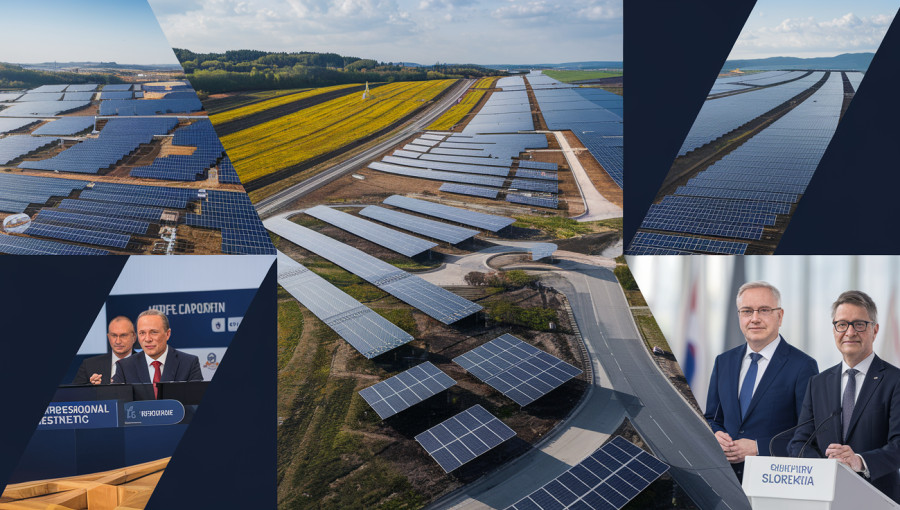The solar energy output in Czechia, Hungary, Poland, and Slovakia has seen a remarkable sixfold increase from 2019 to 2024 as these countries work towards reducing their reliance on coal. Despite this significant growth, energy think tank Ember warns that inadequate battery storage and lower-than-average solar targets pose risks to sustainable progress in the region’s energy transition.
According to Ember’s latest analysis, the cumulative solar power generation in these four Central European nations surged from 5 terawatt-hours (TWh) in 2019 to 29 TWh by 2024, outpacing the EU’s average growth rate. In comparison, the EU’s total solar output increased 2.5 times in the same period, rising from 125 TWh to 308 TWh. Among the countries, Poland leads with over 23 gigawatts (GW) of solar capacity, fueled by more than 1.5 million individual solar users by mid-2025. Hungary experienced the fastest solar growth, with its contribution to the national electricity mix jumping from 4% in 2019 to nearly 25% in 2024, reaching a cumulative capacity exceeding 8 GW.
In addition to Hungary’s significant leap, Czechia also almost doubled its solar generation, while Slovakia remains behind due to restrictive policies and high costs associated with grid connections. As of June this year, Czechia, Hungary, and Poland reported their highest ever proportions of solar energy in their electricity mix, with Hungary achieving 42%, Poland 22%, and Czechia 14.7%. These countries are striving to diminish their coal dependency. Notably, Hungary reduced its reliance on coal from 12% to 6%, while Slovakia shut down its last dedicated coal-fired power plant, and Czechia has accelerated its coal phase-out schedule to 2033.
While these nations have shown remarkable growth in solar energy, Ember emphasizes that current forecasts predict their renewable energy shares by 2030 will still fall below the EU’s average of 66%. Czechia is expected to reach 31%, Hungary 42%, Poland 51%, and Slovakia only 26%. Ember warns that failing to meet these ambitious targets could hinder further advancements in solar energy.
Despite the region’s achievements, Ember notes the urgent need for enhanced political support, improved grid flexibility, and greater investment in battery storage. As of August 2025, these four countries have installed a mere 0.1 GW of large-scale battery resources, accounting for less than 2% of the EU’s total capacity. While Poland has several large-scale battery projects under development, the rest of the nations are lagging in storage infrastructure.
Tatiana Mindelkovà, Policy Adviser at Ember, highlighted that Central Europe serves as a model for coal-dependent nations aiming to transition towards renewable energy. She urged that with proper policies, these countries could leverage their momentum to gain a competitive advantage and potentially surpass their Western neighbors in clean energy adoption.

